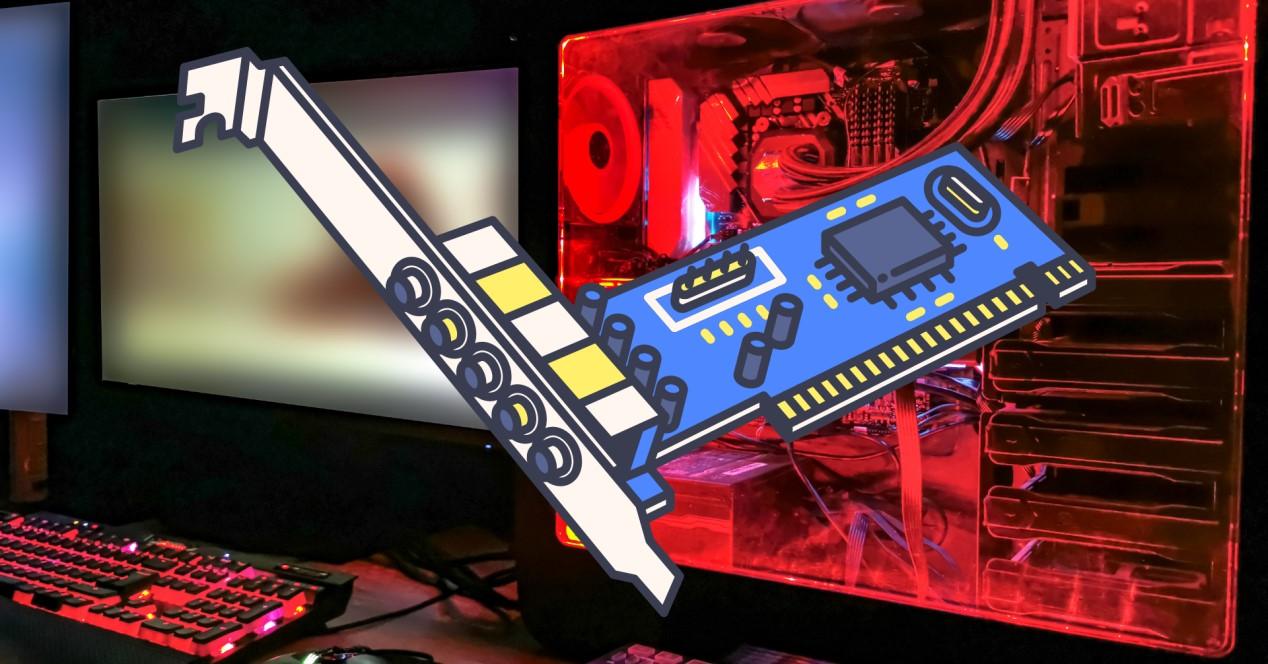We have seen how the importance of sound cards has diminished over time. Motherboards incorporate sound cards, so dedicated ones have remained a residue on the market. Unfortunately, those integrated into motherboards have lost quality, which means that dedicated cards are in demand again.
Dedicated sound card, this great forgotten
Sound is a very niche segment and matters to very few users. Although there is a good supply of products, few are interested in these products. The sound cards integrated into the motherboard they are already worth it to users.
Throughout the year, there is hardly any news or release of new dedicated graphics cards. These are products which, if you want a good quality solutionquietly they can cost more than 100 euro. Few people want to spend so much money on great sound quality, especially if they want to play more eSports titles.
We are talking about a sector that is so niche and so unattractive that a sound chip may be ten years on the market. To give us an idea, 10 years ago Intel had just launched the Core Haswell processors which had a maximum of 4 cores and 8 threads for the high end, which is now the entry level.
In case you were wondering, we’re going to explain whether or not you need a dedicated sound card in 2022.
The first thing you need to know is that, surely, you don’t need to buy a dedicated sound card at all. If you want to play CS:GO, Fortnite, and the like, with the sound card built into the motherboard, you’re going to kill yourself. Realtek’s ALC chips built into motherboards are sufficient for most users. to offer 7.1 HD sound and the sound quality is more than acceptable.
If you are going to dedicate yourself to audio or video editingare musicianmaybe you have one podcast or you are going to start to make a diffusion, you need a good dedicated sound card. But these types of users are Less than 1% of all PC users.
What is interesting on the market?
We searched and the truth is that there are few good quality dedicated internal sound cards. The offer was reduced considerably and in many cases it turned to external sound cards. We were only able to save three interesting solutions.
ASUS Xonar AE
We all know ASUS for its graphics cards, motherboards, laptops, and other similar products. Among other things, it offers sound cards, although with a much smaller catalog compared to a few years ago. It is characterized by offering an audio resolution of 192 kHz with 24 bit rate and a sound of up to 7.1 channels.
makes use of DAC ESS 9023P, which provides excellent sound quality without fluctuations. Offers a great 110 dB signal-to-audio ratio, which provides 12 times better sound quality than the built-in chips. It has an amplifier for 150 ohm headphones high quality, with surround and detailed sound.
Creative Sound Blaster Z SE
It is perhaps the most recognized brand in the sound card segment in the world. For years they have made a name for themselves and practically, if we talk about sound cards, we are talking about Creative. Last year, the company updated its legendary sound card, to offer users the best possible quality.
This sound card gives us a 192 kHz 24-bit resolution with a system of discrete 5.1 sound and virtual 7.1 sound. It offers us an audio power ratio of 116dB SNR. He has SBX EQ Profiles with optimized sound to deliver the best sound quality in games. In addition, it offers a connection for gaming headphones up to 600 Ohms and thus obtain the best possible sound quality.
Creative Sound BlasterX AE-5 Plus
If you want the best sound possible, this sound card specifically designed for gaming is the best on the market. Creative’s sound card gives us a SABRE32 DAC amplifier which gives us a resolution of 384 kHz and 32 bit with 122 dB SNR. It offers us the minimization of distortion and extremely low fluctuations.
In addition, it has a system of Xamp headphone bi-amp. This enables individual sound amplification for a new level of lossless, unaltered audio performance for every earphone, no matter what their demand. As this is a dedicated gaming sound card, it has a good dose of RGB lighting.
Table of Contents












